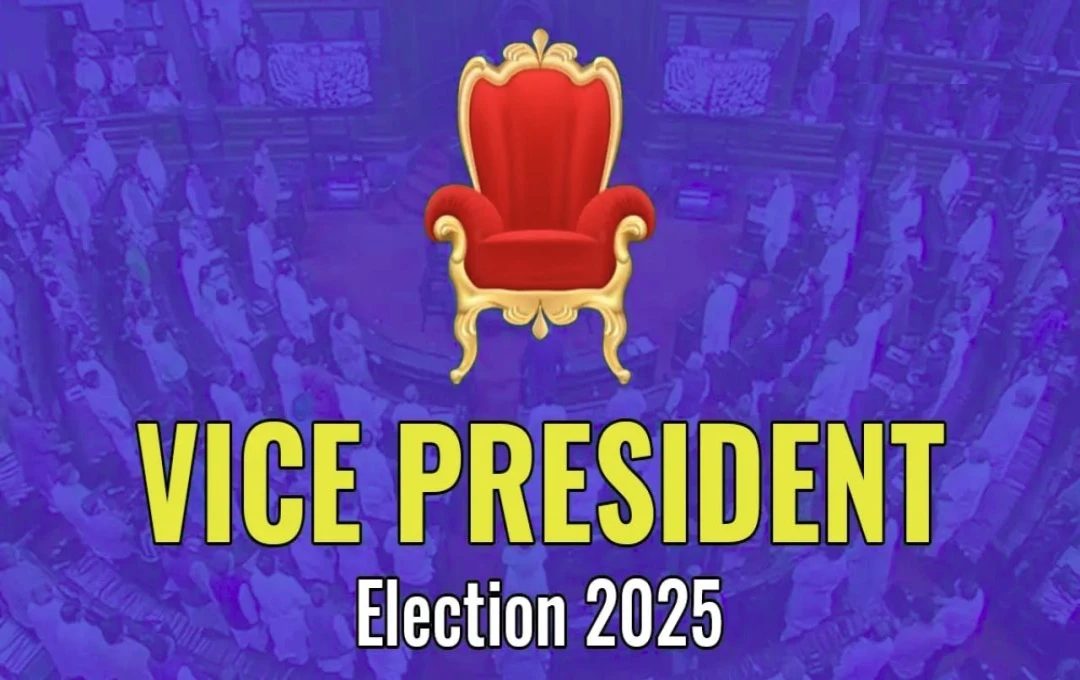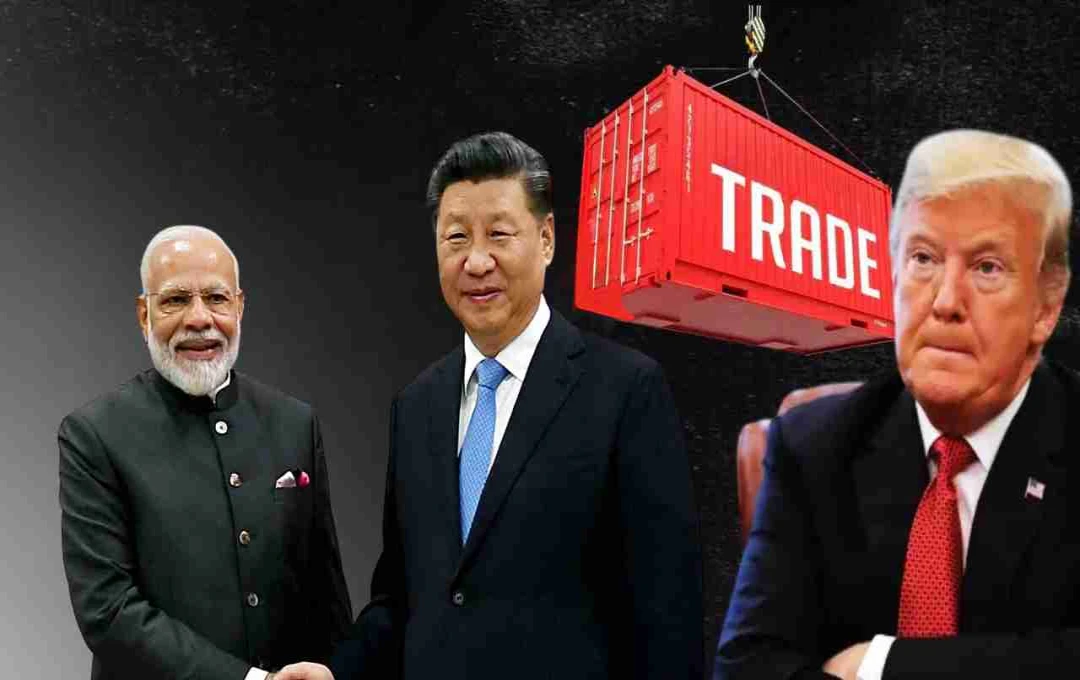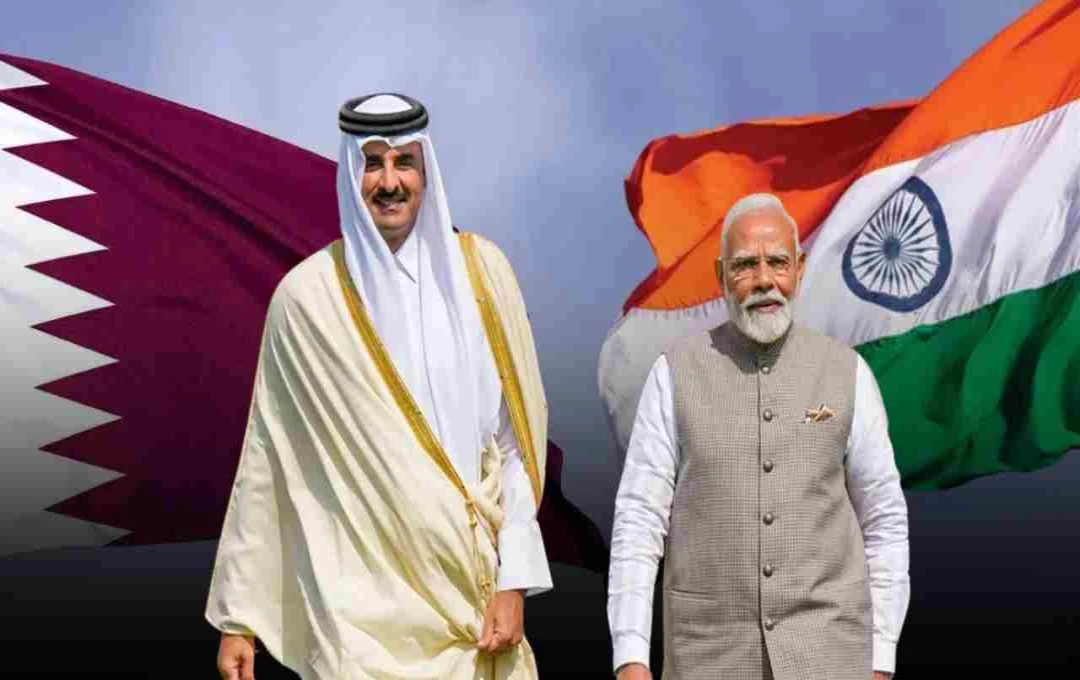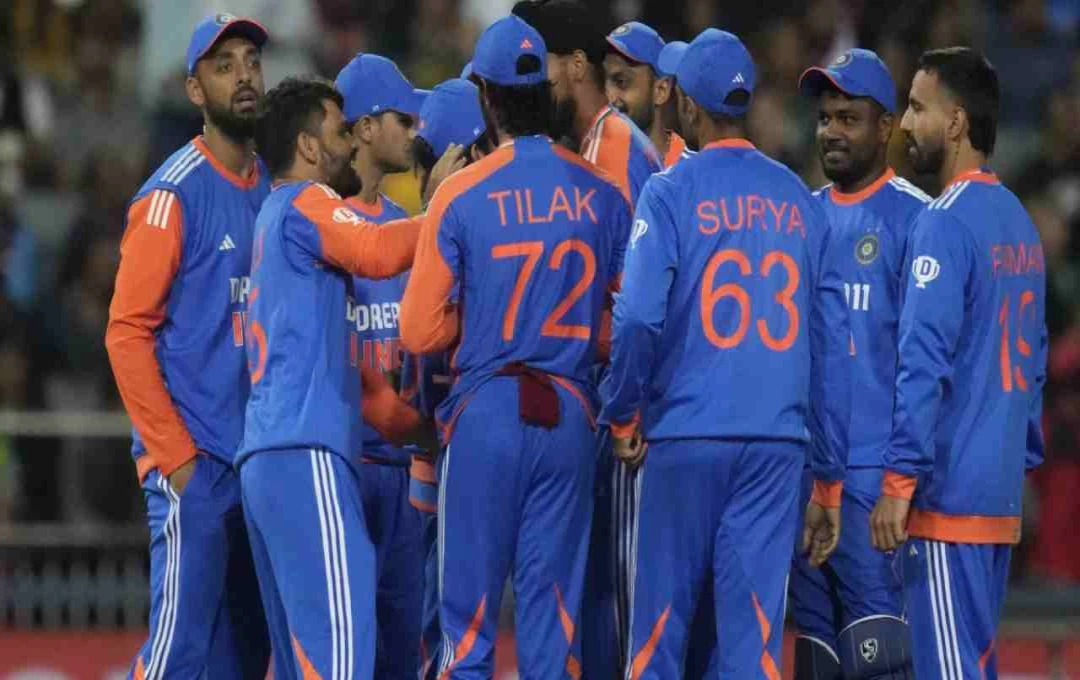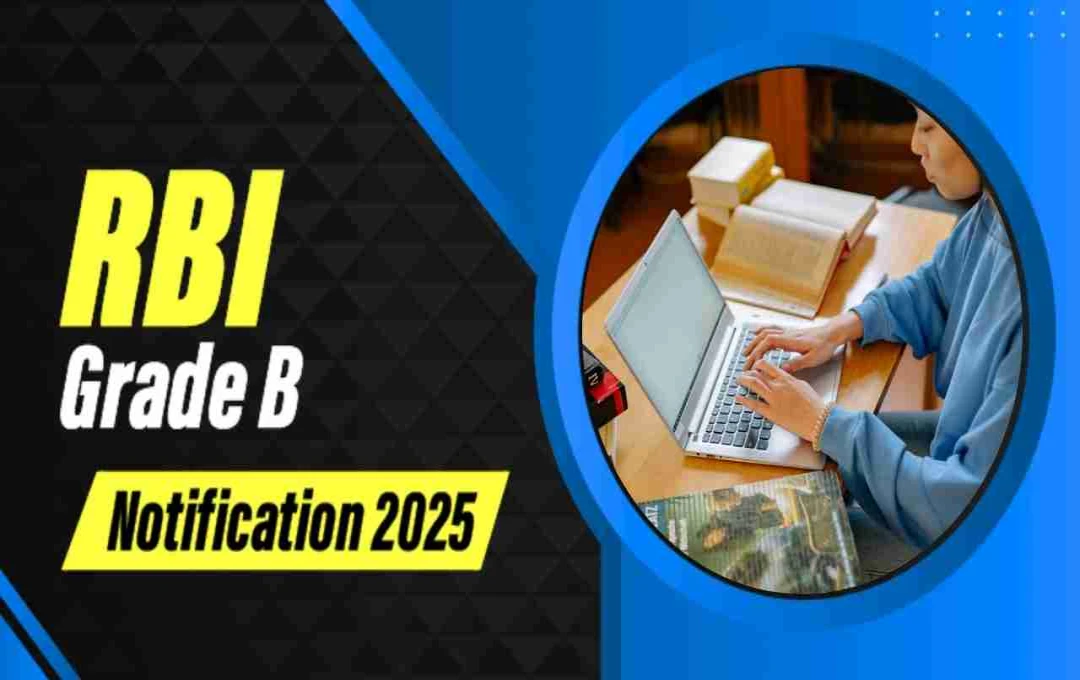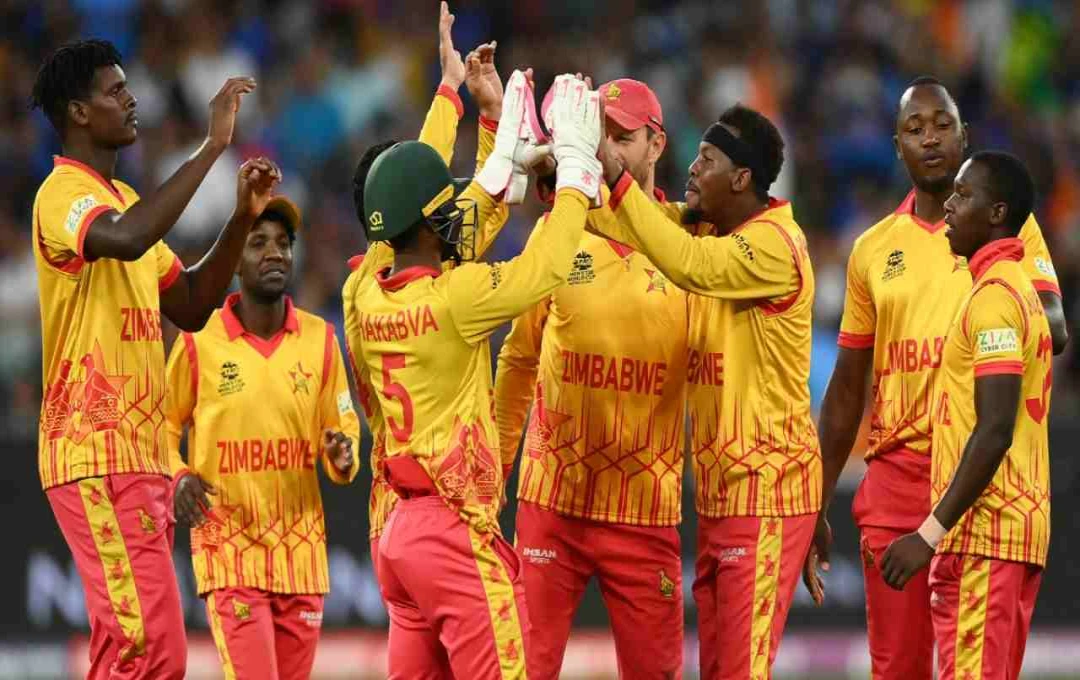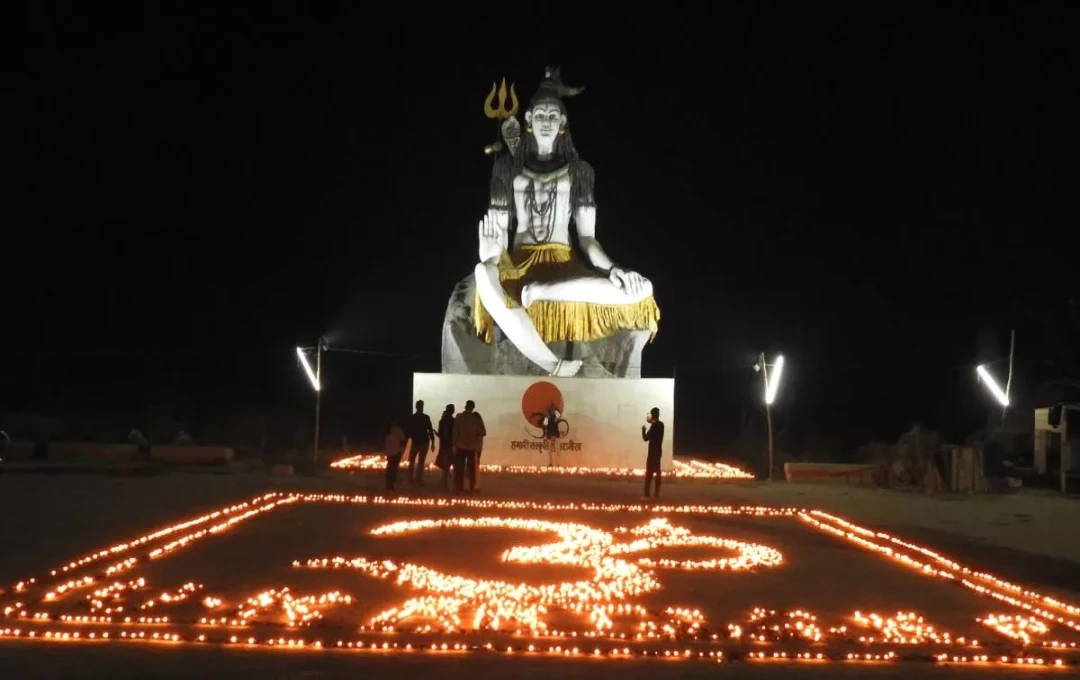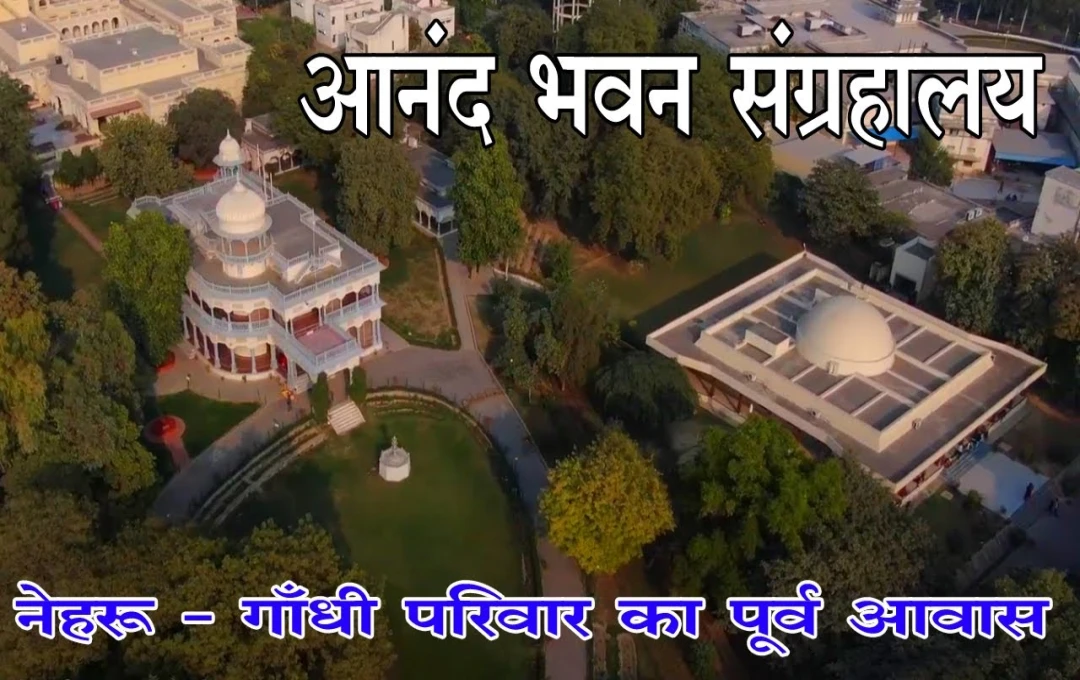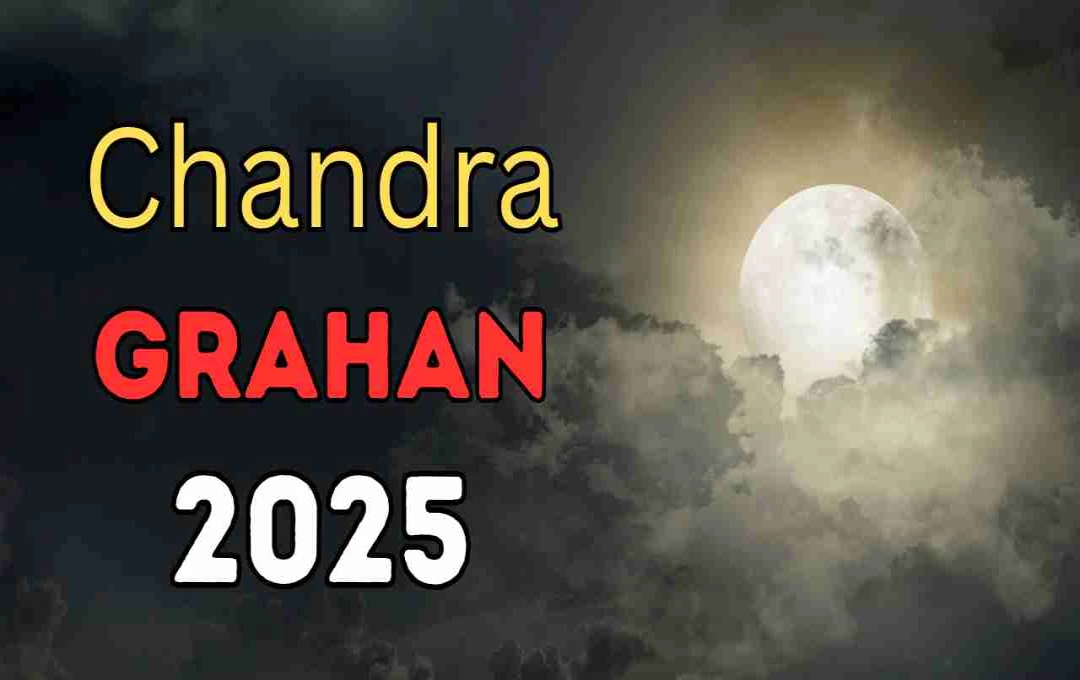According to the Constitution of India, the post of the Vice President is the second highest constitutional office in the country, following the President. The primary duty of the Vice President is to function as the Chairman of the Rajya Sabha (the upper house of Parliament).
New Delhi: In India's constitutional framework, the office of the Vice President is considered the second most significant position after the President. Elections are being held today for the new Vice President of the country. Prior to this, former Vice President Jagdeep Dhankhar caused a political stir by suddenly resigning on July 21, 2025. Consequently, public interest in the post of Vice President and its rights has increased. Let's understand the powers the Vice President gains upon assuming this role and the circumstances under which they must fulfill a dual responsibility.
Powers of the Vice President as the Head of Rajya Sabha
The most crucial responsibility of the Vice President is to preside over the proceedings of the Rajya Sabha. In this capacity, they possess the same powers as the Speaker of the Lok Sabha. The responsibilities and powers of the Vice President as the head of the Rajya Sabha are as follows:
- Presiding over House Sessions: The Vice President conducts the meetings of the Rajya Sabha, gives members an opportunity to speak, and maintains discipline in the house.
- Adherence to House Rules: If a member violates the rules, the Vice President can warn them and even expel them from the house.
- Casting Vote: Generally, the Vice President does not vote. However, if there is a tie in the voting on a bill, they cast the deciding vote.
- Interpretation of House Rules: The Vice President interprets the rules of the house, and their decision is considered final.
This role of the Vice President as the head of the Rajya Sabha is vital for ensuring the smooth and impartial conduct of parliamentary proceedings.
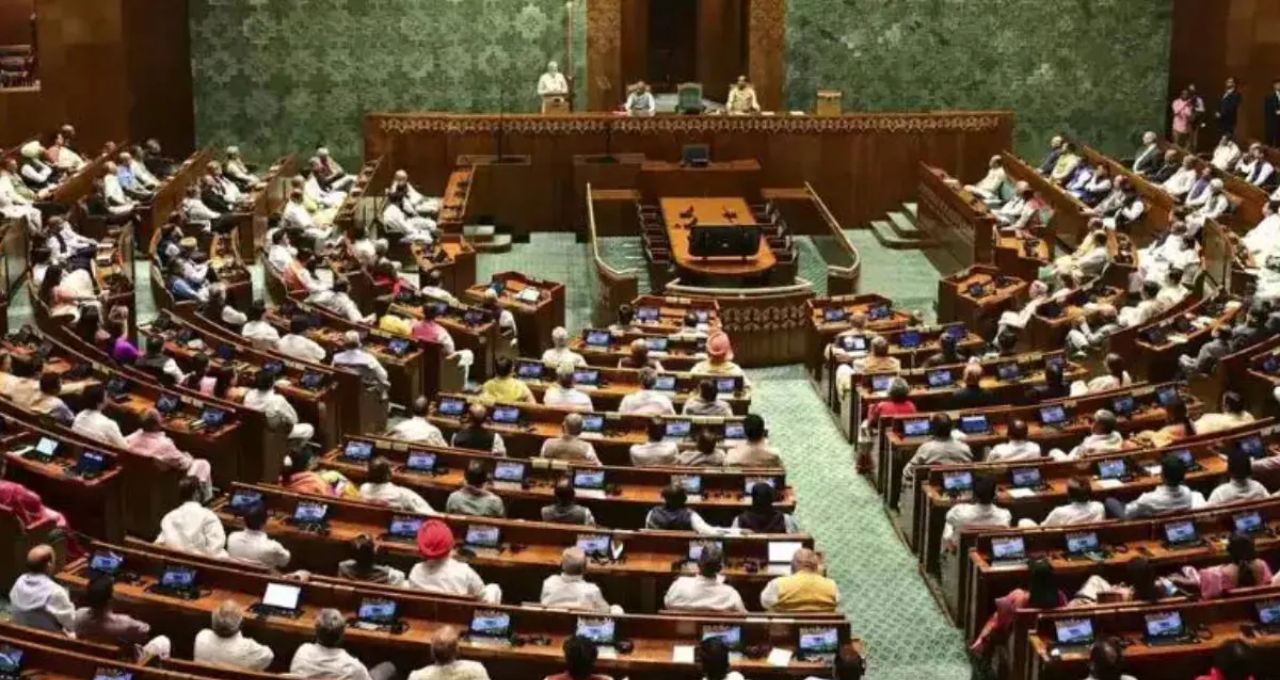
Assuming the Role of President
The dual responsibility of the Vice President comes into play when they assume the duties of the President. Some key aspects of this are as follows:
- Absence of the President: If the President is unable to perform their duties due to illness, foreign travel, or any other reason, the Vice President takes over their responsibilities.
- Vacancy in the Presidential Office: If the office of the President becomes vacant due to death, resignation, or impeachment, the Vice President immediately becomes the acting President. They can hold this charge for up to 6 months, as elections for a new President must be held during this period.
- All Powers and Benefits: While acting as President, the Vice President receives all the powers, benefits, and salary of the President. During this time, they do not function as the Chairman of the Rajya Sabha.
This responsibility of the Vice President is extremely important for maintaining constitutional stability and ensuring continuity in the administrative functions of the country.
Election Process of the Vice President
The Vice President of India is not elected directly by the public. According to Article 66 of the Constitution, the Vice President is elected by an electoral college. This college comprises all members of both the Lok Sabha and the Rajya Sabha (elected and nominated). The election process is as follows:
- This election is conducted through a secret ballot.
- The candidate is chosen by the collective consent of the electoral college.
- The term of the Vice President is 5 years, but they can continue in office until the next Vice President takes the oath.
The post of Vice President is crucial in India's constitutional framework for maintaining political and administrative balance. As the head of the Rajya Sabha, they oversee parliamentary procedures, and when assuming the role of President, they discharge their duties in the country's highest office.
